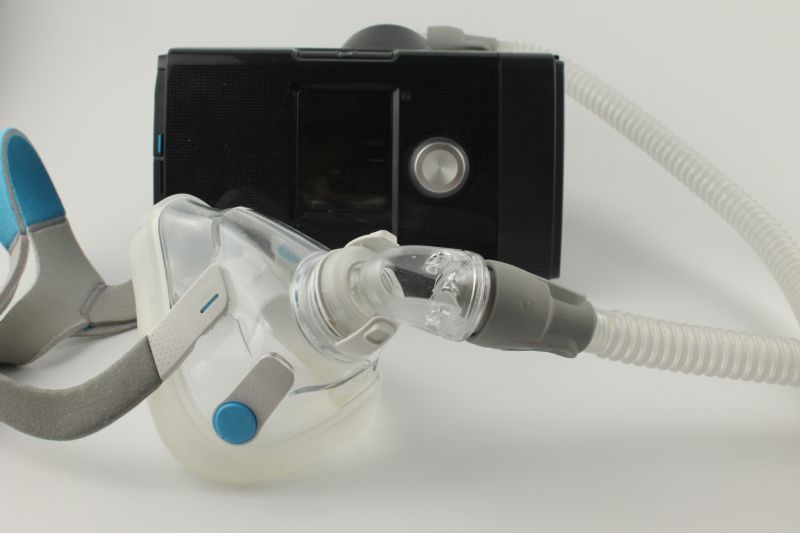The XT Heated Humidifier works with the XT range of CPAP systems.
In order to deliver the best humidification possible for different demands, it includes six different heating levels.
JB Medical values the importance of respiratory support equipment and its essential role in preventing significant health complications like heart disease and stroke, while also safeguarding the well-being of patients.
FALLS PREVENTION
WHAT WE OFFER
EDUCATION
JB Medical dedicates itself to ensuring that our clients derive the utmost value from our equipment. By providing clear instructions on the accurate usage of our products, we strive to improve patient outcomes while extending the longevity of the equipment.


Respiratory conditions
Obstructive sleep apnoea (OSA) is a condition that causes interruptions in breathing. This is due to multiple brief and temporary collapses or blockages of the throat or airways. It usually occurs hundreds of times, during one sleep cycle (AIHW 2021). This is more prevalent in older age and in males (AIHW 2021).
OSA is the most common type of sleep-related breathing disorder in the global general population (AIHW 2021). Apparently, this can affect sleep quality and health. The symptoms and quality of life could be improved with effective diagnosis and successful treatments.
Eligible Australians can access Medicare-funded sleep study services for sleep disorder (including OSA) diagnosis. It cost the Australian government $47 million for sleep disorder diagnostics and $10 million for treatments in 2019 (AIHW 2021). The total Australian economic burden due to OSA is $541 million. According to AIHW 2021, sleep disorders in 2019-20 accounted for 57% of the total healthcare cost, demonstrating its significance.
Risk factors for OSA are mostly modifiable. They are age, overweight/obesity, smoking, high alcohol consumption, physical inactivity, and a narrowed airway. They also include type 2 diabetes, hypertension, sedative use and trauma (AIHW 2021).
Researchers discovered that OSA negatively impacts sleep quality and overall health. Prolonged OSA could lead to cardiovascular disease and subsequent mortality (AIHW 2021). OSA patients also have an increased risk of motor vehicle and occupational accidents. That is, companies can easily reduce this risk by effectively managing and treating OSA with CPAP therapy (AIHW 2021).
Unfortunately, if left untreated, OSA could have significant mortality rates among Australians. OSA-related death (either underlying or associated cause) in 2018 was 0.8% of all deaths (or 1111; 67% males and 33% females).
OSA is first and foremost managed by behavioural changes. Examples are weight loss, smoking cessation, blood pressure and glucose checked together with the use of a CPAP machine. CPAP helps to achieve positive airway pressure ventilation by applying mild air pressure continuously. This helps to keep the airways open and unobstructed throughout sleep. This is when the individual, who otherwise, would not be able to achieve this on his/her own.
OSA negatively affects sleep quality and health. Apparently, prolonged OSA could lead to cardiovascular disease and subsequent mortality (AIHW 2021). Hence, OSA patients also have an increased risk of motor vehicle and occupational accidents, and this risk is easily reduced when OSA is effectively managed and treated with CPAP therapy (AIHW 2021)
A CPAP machine is the least invasive cure for sleep apnea.
Generally, it will supply needed oxygen to your respiratory system allowing you to get a restful night’s sleep.
Hospitals, nursing homes and supported living facilities can all take advantages of the products along with those in their home and community settings. Moreover, both persons individually and institutions of elderly care can benefit from the vast array of aids offered for daily activities.
People should choose JB Medical for respiratory solutions because they offer a wide range of high-quality products and services, including respiratory equipment, medications, and personalised care. Moreover, their expertise in the field ensures that customers receive the best solutions for their respiratory needs.